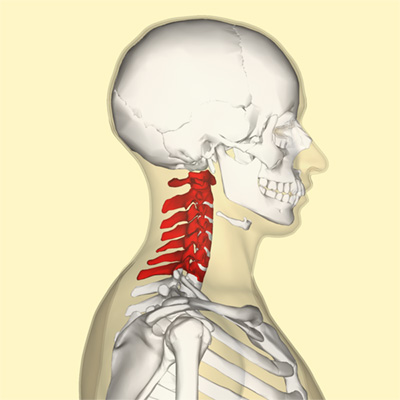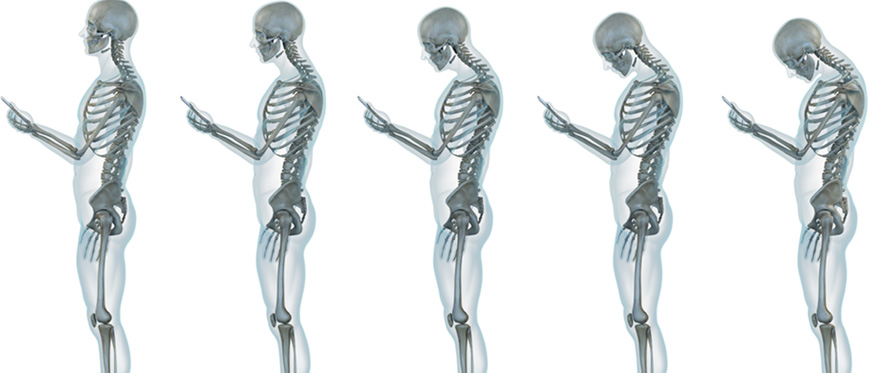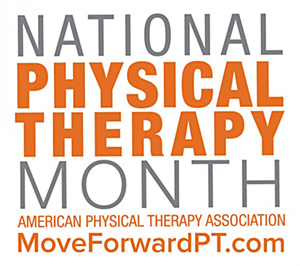During October, Physical Therapy month, we are running a three-part series that explores how using your computer, phone or tablet for long periods of time can lead to eye, shoulder and/or neck fatigue or pain.
Have you ever thought about the amount of time you spend using electronic devices on a daily basis? I think most of us underestimate the amount of time that we do.
Prolonged positioning, even with good mechanics, can cause limited motion due to the inactivity of the muscles and joints which then leads to fatigue and potentially pain.
In the first article, I talked about eye strain. In part two, I will talk about neck pain and things that you can do to prevent pain and fatigue.
PART TWO: Neck Pain
I often use the analogy of a bowling ball resting on a golf tee to talk about neck (cervical spine) mechanics. The neck is comprised of seven cervical spine vertebrae designed for mobility in many different planes of motion. All this mobility allows us to look up at the stars, turn to back up a car, look down to tie our shoes (or if you are lucky find a four leaf clover) so it’s important to keep this mobility along ALL of the spinal segments.
Next time you walk into a space where people are using their electronic devices – in an office setting, at the local coffee store, in a waiting area, what do you see? Do you see an upright head, balanced over the neck and shoulders? Likely not. How about the position of the head if you are watching TV on the couch or in bed? Likely also not a neutral position.

Position of human cervical vertebrae (shown in red). It consists of 7 bones, from top to bottom, C1, C2, C3, C4, C5, C6, and C7.
Clinically, I observe a lot of forward head and shoulder positioning, which changes the mechanics of the neck and often causes pain or restriction along all seven of those very important spinal segments. This eventually can lead to pain and the inability to do all of those amazing motions with your head.
Bringing awareness, brings change. Some tips for better positioning are as follows:
- Get used to moving your phone towards you versus leaning down to the phone.
- Practice good upright postures, without over correction, by envisioning spine elongating up towards the sky while your pelvis elongates down towards the earth.
Gentle stretching can also help to prevent or alleviate neck pain. Try these stretches, holding each for five seconds:
- Gently, without causing pain, bring your ear to your shoulder, feel that nice stretch?
- Gently move your head as if to “sniff your armpit”, feel the change in the stretch?
- Slowly move your head as if to look behind you. Remember NO PAIN, just a gentle stretch.
Repeat on the opposite side, repeating sequence one to two times every hour or after any prolong period of time in the same position.
Next week: shoulders.
Last Week - Part I: Prevent Eye Fatigue from Prolonged Use of Your Devices







